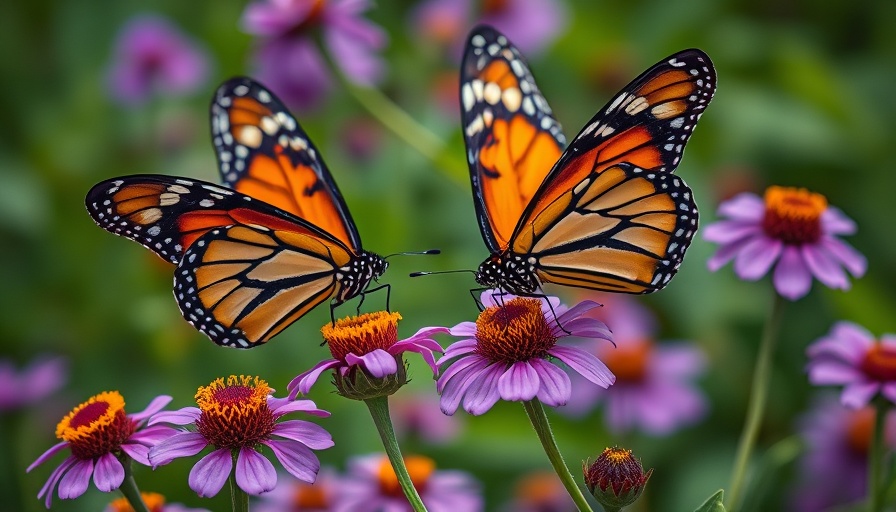
Exploring the Monarch Butterfly's Epic Journey
Every year, millions of monarch butterflies embark on one of the most astonishing migration journeys in the animal kingdom. Flying over 3,000 miles from Canada and the United States to their wintering grounds in Mexico, these delicate creatures have been navigating this intense journey for thousands of years. While the majestic sight of these butterflies fluttering through the skies captivates onlookers, the mystery of their migration has puzzled scientists and naturalists alike, prompting endless investigations into their remarkable navigation skills and the environmental conditions influencing their travels.
Understanding the Migration Patterns
The monarchs’ migration is not just a random trek; it is deeply rooted in biological and environmental cues. As temperatures begin to drop and days shorten, these butterflies feel the innate urge to migrate south. Researchers suggest that they use a combination of environmental signals, such as wind patterns and solar positioning, to guide their flight. An intriguing aspect of their journey is that multiple generations contribute to the migration process, with the last generation showing profound instinctual knowledge that has been passed down through the ages.
The Environmental Factors Impacting Migration
Recent studies indicate that climate change significantly affects the timing and precision of monarch migrations. As weather patterns shift, the delicate balance of ecosystems supporting their life cycle may also be disrupted. Factors such as habitat loss, pesticide use, and the availability of food plants like milkweed — which are essential for monarch larvae — are critical in determining the fate of these butterflies during their migration. Conservation efforts are more crucial than ever as researchers look to provide sustainable habitats that support life cycles and facilitate successful migrations.
Monarchs and Conservation Efforts
Various organizations and governmental bodies are taking significant steps to ensure the survival of monarch butterflies. The migratory phenomenon has garnered widespread attention, triggering campaigns aimed at planting milkweed and preserving natural habitats. Citizens are encouraged to create “monarch waystations” in their gardens, planting native species that provide essential resources for the butterflies. The involvement of local communities plays a pivotal role in these efforts, as public awareness can help foster environments where monarchs can thrive.
What This Means for Future Generations
The fate of monarch butterflies can serve as an indicator of broader environmental health. Protecting these butterflies is crucial not only for preserving their species but also for maintaining the biodiversity of ecosystems that they inhabit. Young people today are increasingly becoming advocates for environmental issues, and understanding the monarch’s plight can inspire a new generation of conservationists. Programs in schools that focus on species preservation encourage students to actively participate in safeguarding their environment.
The migratory journey of the monarch butterfly is emblematic of nature's wonder and resilience. Understanding their hardships and the environmental factors that influence their survival is paramount. As communities come together to support conservation efforts, we can hope to see these astonishing insects continue their breathtaking journey across our skies for generations to come.
 Add Element
Add Element  Add Row
Add Row 



 Add Row
Add Row  Add
Add 


Write A Comment